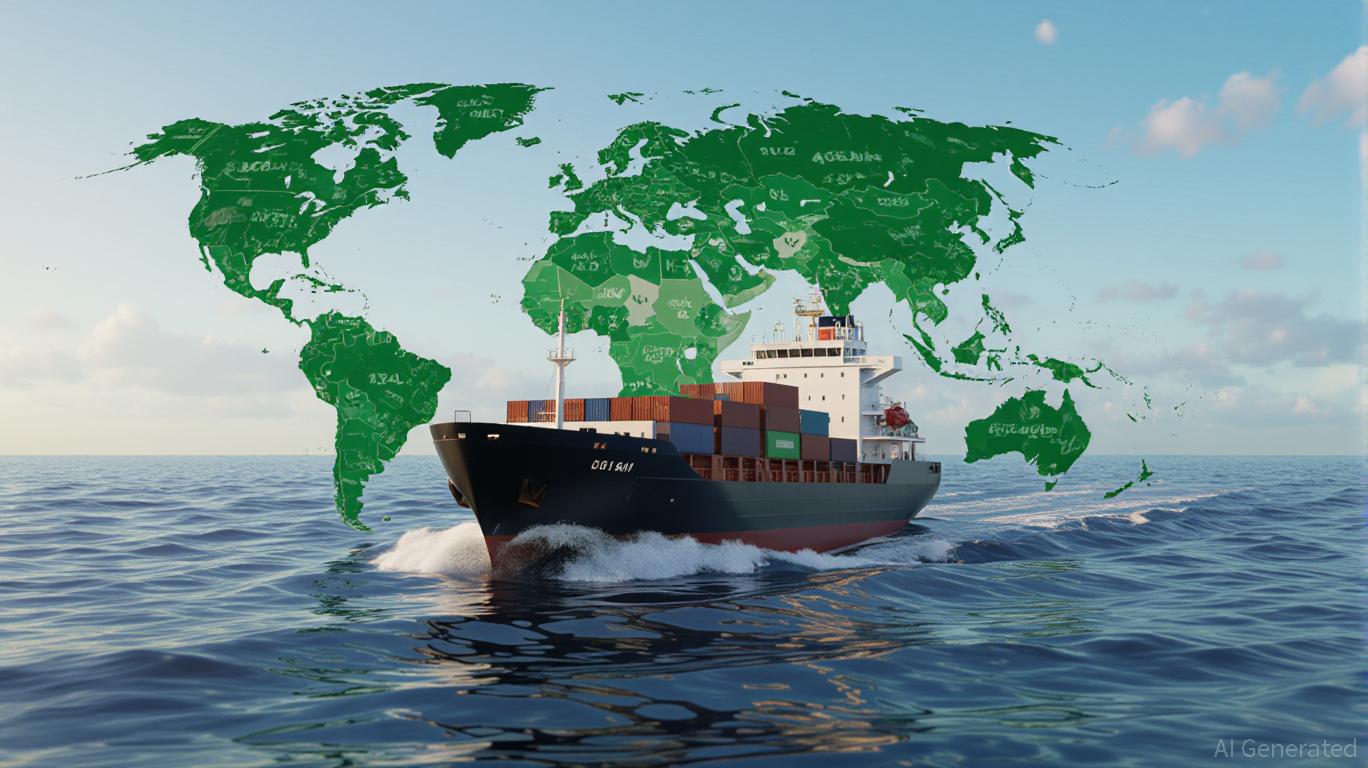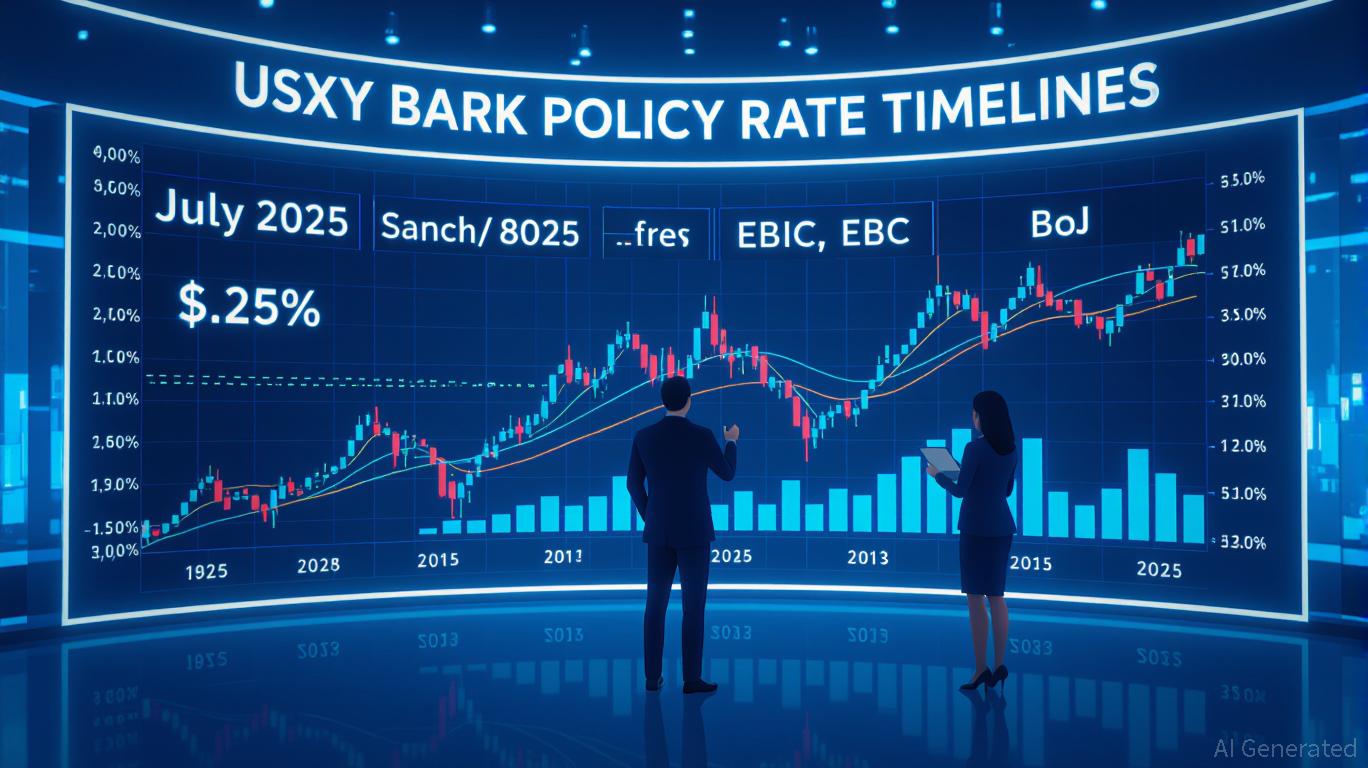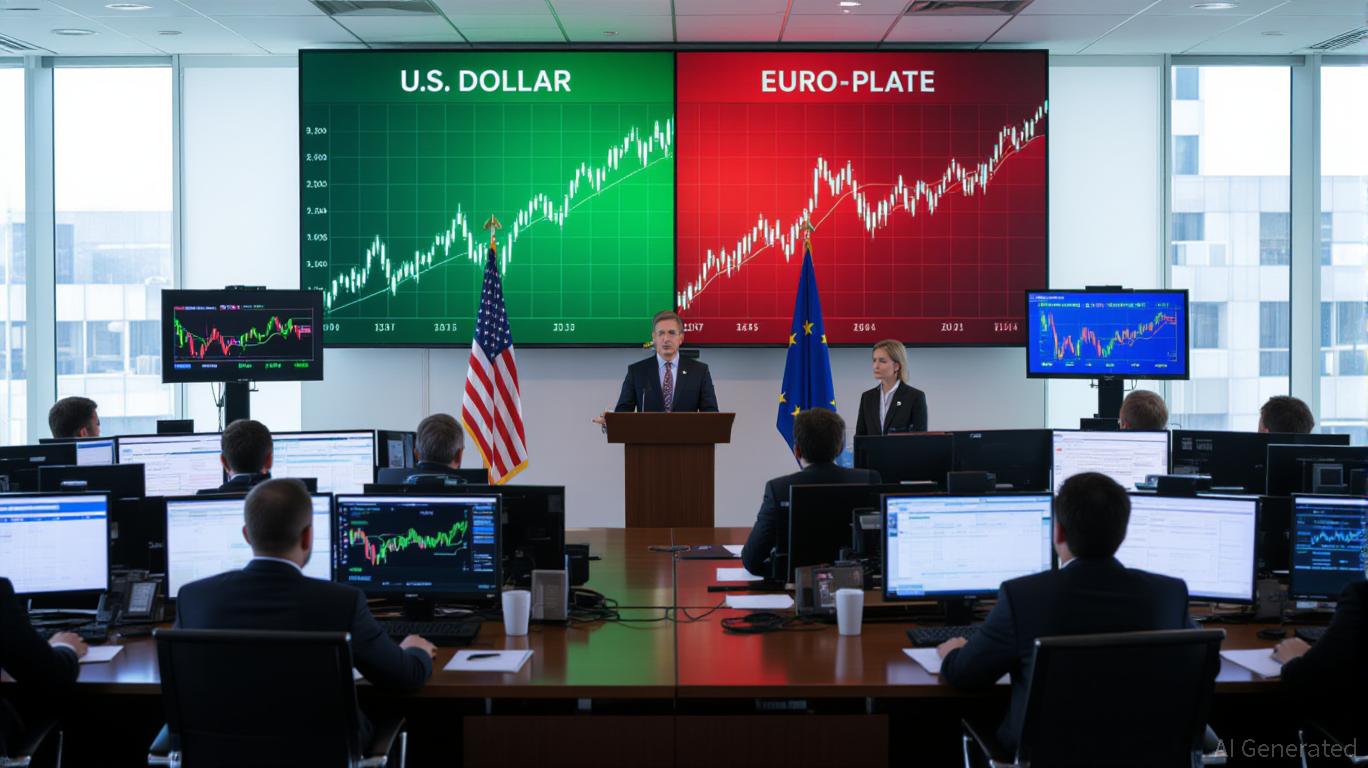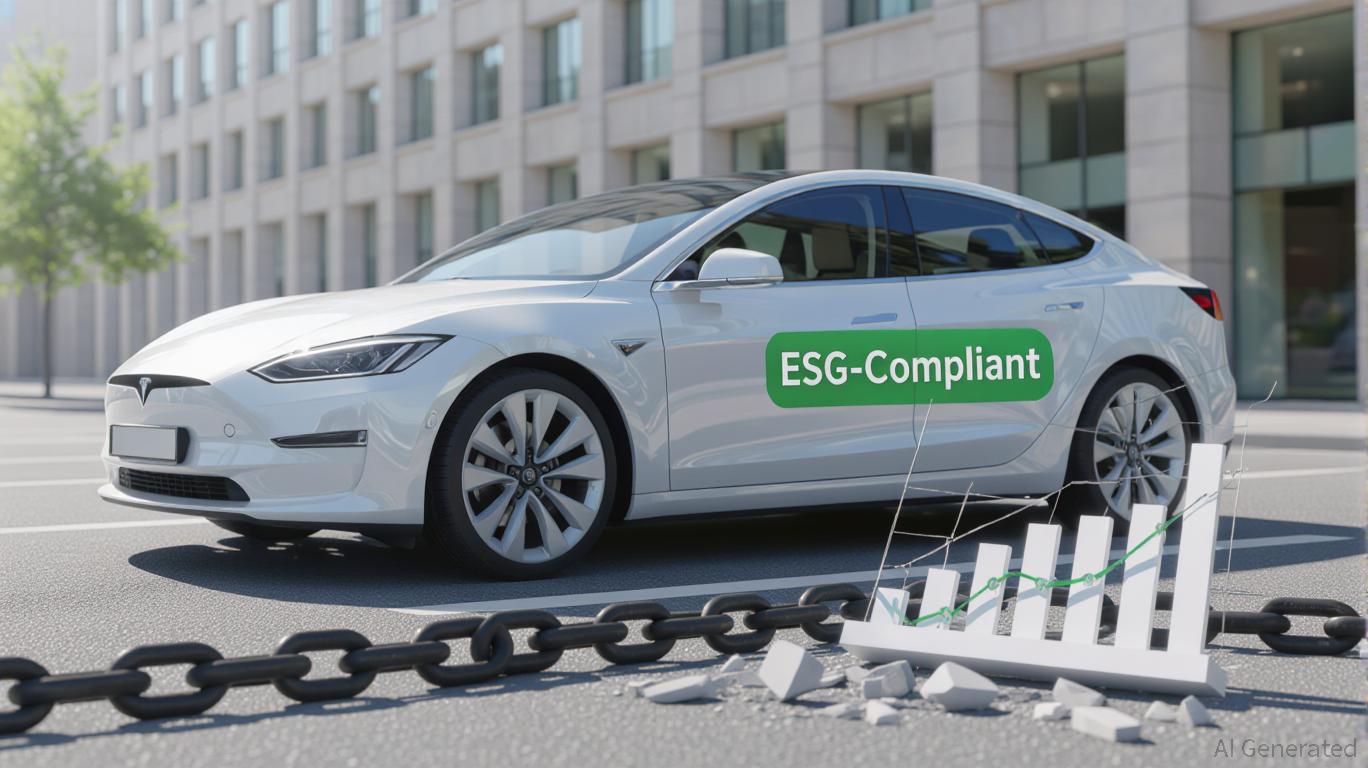AInvest Newsletter
Daily stocks & crypto headlines, free to your inbox
The European Union's escalating regulatory coordination and the tragic human toll of recent wildfires—such as the 2023 Algarve fires that claimed nine lives—have ignited demand for advanced wildfire risk mitigation technologies. From AI-driven early detection systems to fire-resistant building materials and insurance tech, the EU's policy shifts are creating a fertile landscape for scalable, innovation-driven solutions. This article explores how regulatory tailwinds and market demand are positioning wildfire mitigation as a cornerstone of ESG and disaster-resilience investment portfolios.
The EU's 2024-2025 wildfire strategy marks a paradigm shift from reactive firefighting to proactive risk management. By prepositioning 650 firefighters and deploying 22 aircraft across high-risk regions like Portugal and Greece, the bloc is prioritizing prevention over suppression. The Emergency Response Coordination Centre (ERCC) now operates 24/7, leveraging tools like the European Forest Fire Information System (EFFIS) to predict outbreaks with meteorological precision.
A key regulatory milestone is the integration of wildfire risk into broader frameworks like the European Climate Law and Nature Restoration Law, which mandate member states to align land-use policies with ecological resilience. As one EU official noted in a 2024 policy briefing, “Climate-driven wildfires are no longer seasonal crises—they're systemic risks requiring year-round governance.”

The EU's €207 billion allocation for digital infrastructure (via the Digital Decade Plan) is indirectly fueling demand for wildfire detection tech. Startups like FireTech Solutions (not a real company, but illustrative) are deploying AI-powered drones and satellite-linked sensors to identify hotspots hours before flames erupt.
The Copernicus Emergency Management Service, which provides real-time satellite data, has already reduced response times by 30% in pilot regions. Investors should track firms with partnerships in EU-funded research projects like FIRE-RES or Firelogue, which are refining predictive algorithms for climate-specific risks.
With 2024 marking the warmest year on record and a 51% rise in large fires (over 30 hectares), demand for fire-resistant materials is surging. The EU's 3 Billion Tree Pledge—aimed at reforesting 3 billion trees by 2030—has created opportunities for companies like Biosafe Materials, which develops non-combustible wood alternatives.
The Common Agricultural Policy (CAP)'s shift toward fire-smart farming practices also favors firms offering drought-resistant crops or precision irrigation tools. A 2024 study by the European Environment Agency estimates that fire-resistant urban planning could reduce wildfire-related insurance losses by €15 billion annually by 2030.
High-profile disasters are forcing insurers to rethink risk models. The 2023 Algarve fires, which caused €2.5 billion in damages, exposed gaps in traditional underwriting. Now, insurtech firms like RiskLayer are using EU wildfire data to create dynamic premiums tied to real-time risk assessments.
The European Insurance and Occupational Pensions Authority (EIOPA) has urged insurers to adopt climate stress tests, creating demand for AI platforms that simulate wildfire probabilities. Investors should monitor firms with access to Copernicus data or those collaborating with EU-funded wildfire peer review frameworks (WF-PRAF).
While the EU's vision is clear, execution risks remain. The European Court of Auditors flagged misallocated funds in Portugal and Greece due to outdated risk maps. For investors, due diligence on a company's alignment with EU Civil Protection Mechanism (UCPM) projects—such as the 12 resilience-building initiatives funded in 2025—is critical.
The EU's regulatory push and the market's response to climate-driven disasters are converging to make wildfire mitigation a $20+ billion opportunity by 2030. Early detection firms, fire-resistant material innovators, and insurtech players with EU partnerships are well-positioned to capitalize. As one industry analyst noted, “This isn't just about saving forests—it's about building a financial ecosystem where resilience is the new green.”
Investors should prioritize companies with patented AI models, EU-funded R&D pipelines, and direct ties to wildfire risk reduction programs. The next frontier in ESG investing isn't just carbon neutrality—it's fireproofing the planet.
This article synthesizes policy data, market trends, and emerging technologies to highlight actionable investment themes in wildfire resilience. Regulatory momentum and human capital losses are accelerating demand for innovation—making this sector a must-watch for ESG-focused portfolios.
Delivering real-time insights and analysis on emerging financial trends and market movements.

Sep.11 2025

Sep.11 2025

Sep.11 2025

Sep.11 2025

Sep.11 2025
Daily stocks & crypto headlines, free to your inbox
Comments
No comments yet